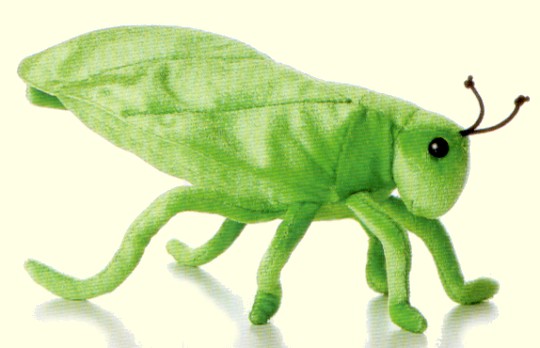|
|
Feeding the three different types of Woodlice
Woodlice, the only true land-dwelling crustacean, belong to
a group of arthropods called the Isopoda (suborder
Oniscoidea). There are well over three thousand species of
woodlice in the world, all living in moist areas, feeding on
rotting vegetation, including wood.
Most Woodlice species are grey to black, oval and flattish,
with a thirteen-pieced segmented shell on their backs, a
tiny head, and two angled antennae. The shell has seven
pairs of short legs poking out around it, and some species,
when threatened, can roll themselves up into a ball with
nothing showing but the outer shell plates.
Woodlice are sometimes sold or home grown as pet food for
spiders and other carnivorous insects, small frogs, some
lizards, and some birds. They serve a second use in the
vivarium by eating dead plant matter and so helping to keep
the tank cleaner. They even eat their own feces, how is that
for helping you out?
Three species are primarily sold as pet food:
Dwarf Tropical Woodlice, (Trichorhina tomentosa), are small
and white, and grow to a maximum length of eight
millimeters. Dwarf Tropical Woodlice are popular as pet food
because they are softer than most Woodlice species.
European Woodlice, (Porcellio scaber & Oniscus asellus), are
a larger species from more temperate climates. They grow to
a maximum length of twelve to sixteen millimeters and are
great for vivarium cleaners as well as food.
Common Striped Woodlice, (Philoscia muscorum), are another
soft-bodied species that grows up to nine millimeters long.
Whether you buy your Woodlice from your pet food supplier,
gather them under fallen limbs or rocks in your own
backyard, or raise them yourselves, you can keep them alive
for some time by putting them into a small plastic container
with some damp soil on the bottom, and feeding them small
amounts of vegetable scraps. They can't climb the smooth
container sides, so as long as the soil is kept from drying
out, but not too damp, and they are fed, they will probably
thrive.
Awesome Stuffed Insects and Bugs

More Cool Stuff on Invertebrates
|